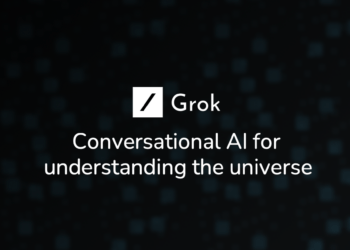The current landscape of cybersecurity is a fertile ground for the adoption of advanced artificial intelligence (AI) technologies, particularly machine learning (ML). Cyberattacks are constantly evolving, which presents a significant challenge in developing detection and prevention systems that are equally dynamic and proactive.
Innovations in Machine Learning for Cybersecurity
The realization of supervised and unsupervised learning techniques has revolutionized the predictive capacity and automatic response of security systems. Supervised learning uses labeled datasets to teach models to identify potential threats, based on historical patterns. In contrast, unsupervised learning detects anomalies without the need for prior labeling, which is crucial for identifying zero-day attacks or unknown anomalous patterns.
Deep Learning for Threat Definition
The application of deep learning (DL) techniques in this sphere has led to the creation of convolutional neural networks (CNNs) and recurrent neural networks (RNNs) that examine and process large volumes of data with unprecedented precision and speed. DL-based systems not only identify but also classify malware and phishing variants, as well as adapt their responses in real time.
Reinforcement Learning in System Self-Defense
Reinforcement learning (RL) has emerged as a viable approach for the self-defense of computer systems. In this learning modality, algorithms learn to make optimal decisions through rewards or penalties, allowing the development of proactive and personalized cyber defense strategies.
Generative Adversarial Networks in Attack Simulation
Generative Adversarial Networks (GANs) have opened a new dimension by enabling the simulation of attack environments for educative and testing purposes. A GAN consists of two networks that train in parallel: a generative one that creates examples of attacks and a discriminative one that tries to detect them, continually improving the threat identification process.
Study of Relevant Cases
In a significant case study, Google’s security team used ML models to filter phishing emails in Gmail, thus reducing the presence of spoofed emails in users’ inboxes by 99.9%.
Another important case is the use of ML-based intrusion detection systems by Darktrace, a leading company in the field of AI for cybersecurity. Darktrace employs unsupervised learning to identify unusual behaviors within a network, enabling early action on internal and external threats.
Comparison with Traditional Techniques
Comparing these ML methodologies with traditional cybersecurity techniques reveals a superior efficiency in terms of scalability and adaptability. Legacy solutions are based on known virus signatures and predefined rules, which present limitations against novel attacks and advanced obfuscation methods. In contrast, ML enables the evolution of the security system in line with emerging attack vectors.
Future Directions
Looking towards the future, the convergence of artificial intelligence and cybersecurity is expected to generate even more autonomous systems. Research in transfer learning and federated learning proposes leveraging knowledge acquired across different domains and devices without compromising data privacy. Additionally, integrating ML-based cybersecurity algorithms with blockchain technologies opens up prospects for immutable and transparent security management systems.
The use of evolutionary algorithms and multi-agent systems promises more agile and robust adaptations, such as the implementation of security strategies that evolve instantly upon detecting suspicious patterns.
Conclusions
Machine learning offers a vast array of techniques and tools to tackle the dynamic and constantly evolving challenges of cybersecurity. Through its capacity to learn from data and adapt to new threats without human intervention, it has proven to be a crucial ally in the detection and prevention of cyberattacks. The commitment of researchers and professionals in the field will be to keep pace with innovation, ensuring that information security stays one step ahead of emerging threats.






















